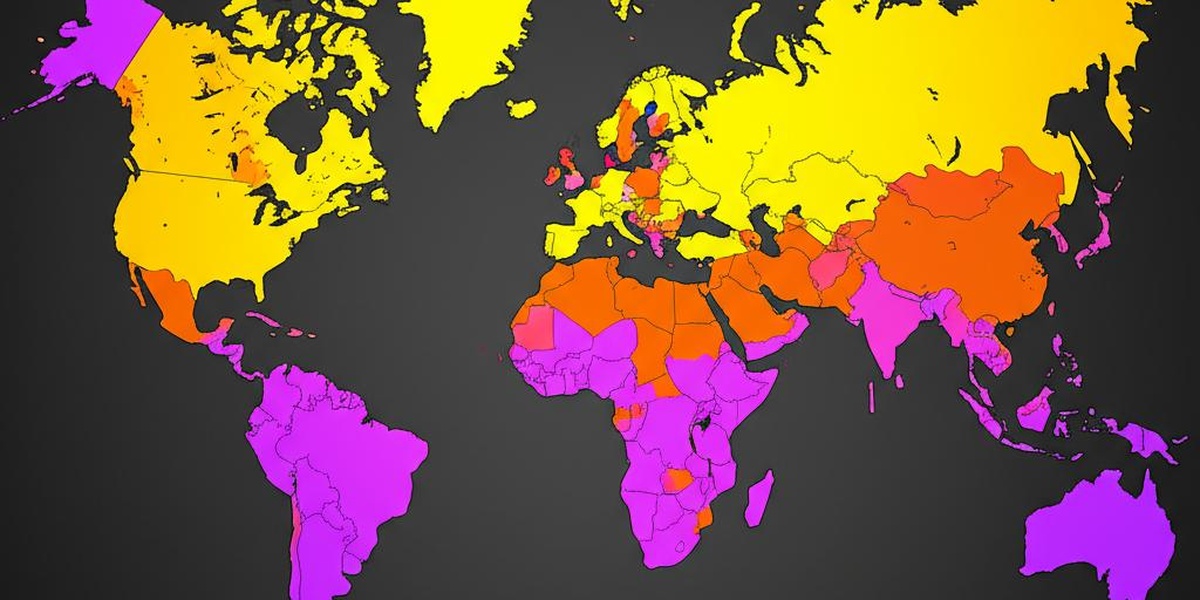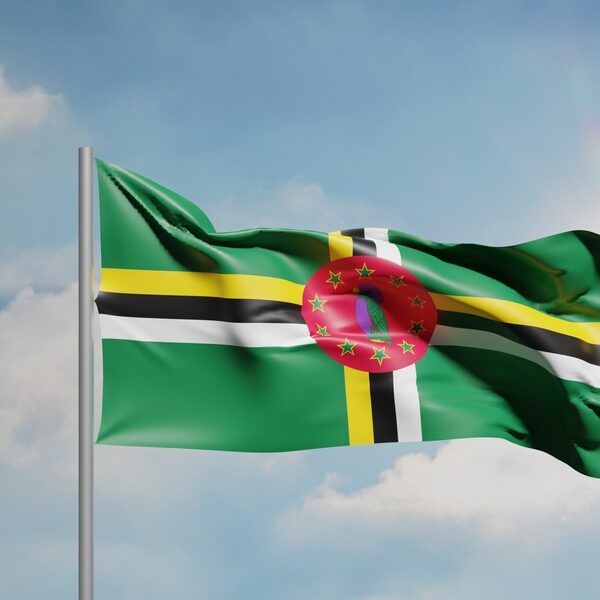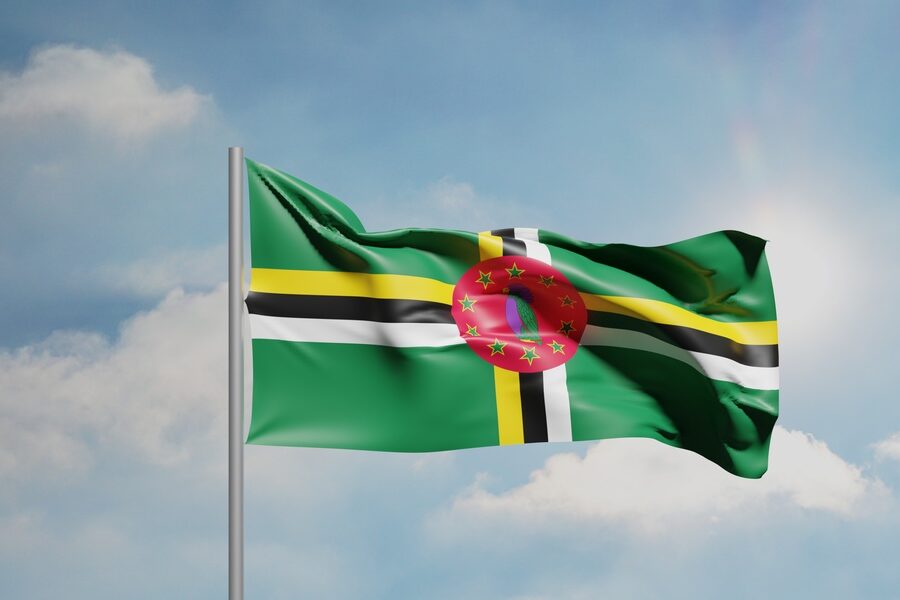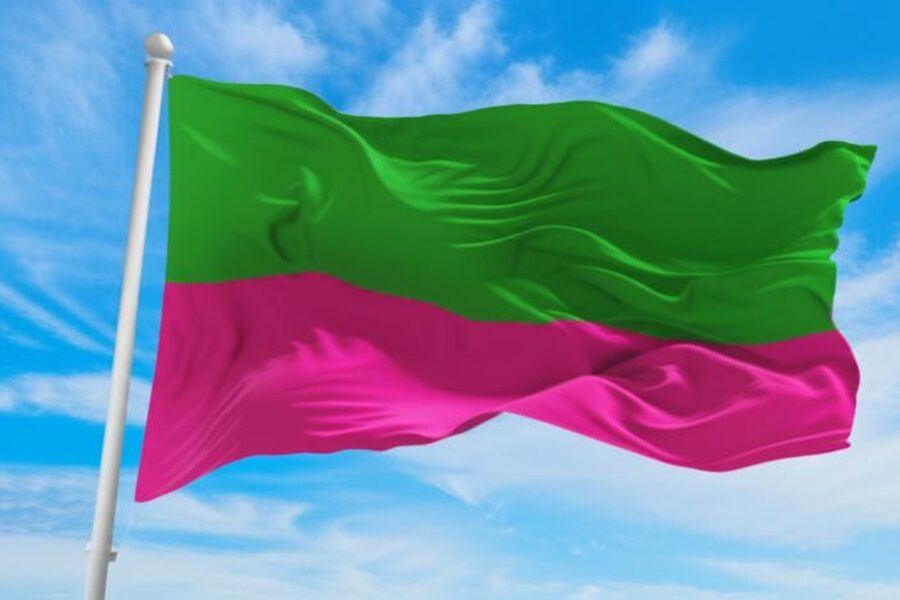No countries have official national flags that include the combination of yellow, orange, and purple colors. This specific trio of colors does not appear together on any recognized sovereign state’s flag.
The rarity of this combination is largely due to historical and practical reasons. Purple, in particular, is an uncommon color in national flags because it was once very expensive and difficult to produce as a dye. As a result, countries historically favored colors that were easier to obtain and had clear symbolic meanings, such as red, blue, green, yellow, and white. Yellow and orange appear more frequently, but purple remains almost absent, making the simultaneous presence of all three nearly impossible.
While no flags feature all three colors together, many national flags include two of these shades. For example, the flag of Spain features red and yellow, while India’s flag includes orange (saffron) and white, though no purple. Exploring flags with two of these colors or diving into the rich meanings behind yellow, orange, and purple in vexillology can offer fascinating insights into how nations express identity and values through color.






